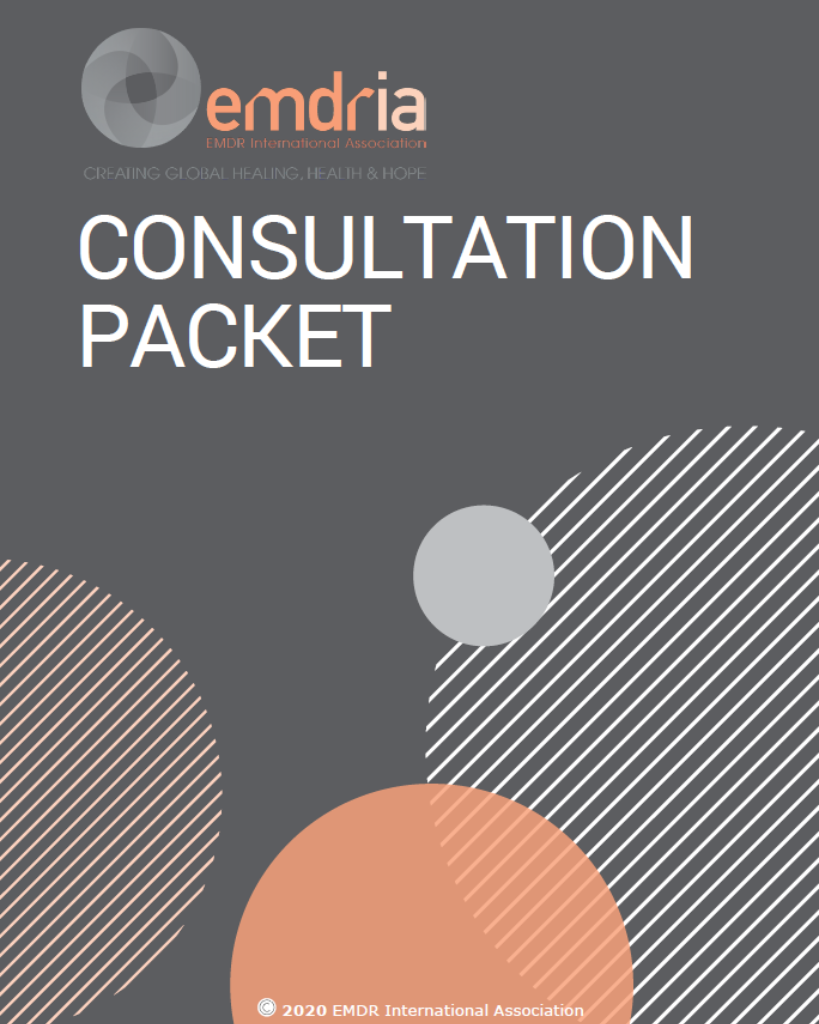The structure of EMDR therapy: A guide for the therapist
The author asserts EMDR best practice requires to fidelity of the model, and willingness to adapt the model to meet the clients’ needs.
Resource Abstract
“Since the introduction of EMD by Dr. Shapiro in 1987, which led to the development of EMDR Therapy, clinical experiences and research contributed to a variety of protocols and procedures. While this dynamic evolution within EMDR Therapy is offering more options to treat a variety of patients suffering from various disorders, there is a greater risk of deviations from the core framework of this approach that would no longer be understood as EMDR Therapy. While research shows that following Shapiro’s standard protocols and procedural steps is important to achieve positive treatment effects, it seems prudent to define the core elements in EMDR Therapy beyond adherence to the standard protocol given the complexity of clinical demands in a variety of treatment contexts. The author proposes that best practices requires not only an adherence to the fidelity of the model, but a willingness to adapt the model in order to best meet the needs of our clients in a variety of clinical contexts. Defining the core elements that constitute EMDR Therapy offers both a structure that has been well established and offers a foundation from which clinical adaptations can be made that are within the realm of what is widely accepted as EMDR Therapy. Such a structure could also be used to define research as well as clinical applications. Additionally EMDR Therapy as a comprehensive psychotherapy approach implies that the therapeutic relationship is an important component and should be considered a core element of this methodology.”
—Description from publisher
Resource Access
Open Access
Hase, M. (2021). The structure of EMDR therapy: A guide for the therapist. Frontiers in Psychology, 12, 660753. https://doi.org/10.3389/fpsyg.2021.660753
Date
May 24, 2021
Creator(s)
Michael Hase
Practice & Methods
AIP, Fidelity
Extent
7 pages
Publisher
Frontiers
Rights
Copyright © 2021 Hase. This is an open-access article distributed under the terms of the Creative Commons Attribution License (CC BY). The use, distribution or reproduction in other forums is permitted, provided the original author(s) and the copyright owner(s) are credited and that the original publication in this journal is cited, in accordance with accepted academic practice. No use, distribution or reproduction is permitted which does not comply with these terms.
APA Citation
Hase, M. (2021). The Structure of EMDR Therapy: A Guide for the Therapist. Frontiers in Psychology, 12:660753. https://doi.org/10.3389/fpsyg.2021.660753
Audience
EMDR Therapists, Other Mental Health Professionals
Language
English
Content Type
Article, Peer-Reviewed
Access Type
External Resource, Open Access





